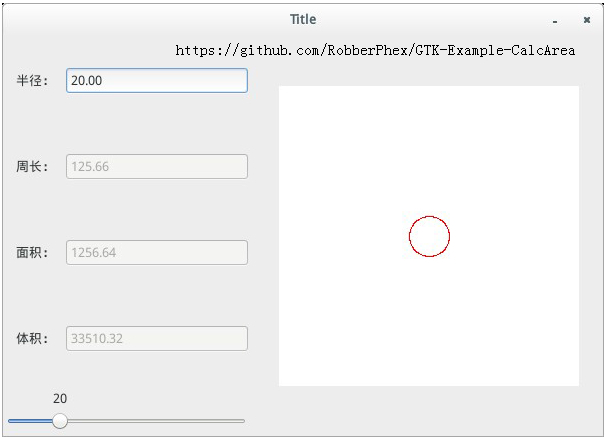Python检查和同步本地时间(北京时间)的实现方法
背景
有时本地服务器的时间不准了,需要同步互联网上的时间。
解决方案
- NTP时间同步,找到一些可用的NTP服务器进行同步即可。
- 通过获取一些大型网站的时间来同步为自己的时间。
* 由于NTP时间同步,如果相差比如有好几个小时,那么时间不同步矫正回来其实是非常慢的;我本次主要就是讲第2种方案,通过Python来实现的,可以直接设置为互联网上的时间。
要点描述
- 假设:百度、淘宝等非常大型的网站的时间是正确的
- 访问百度、淘宝等网站,它返回的HTTP Header中包含一个时间戳(一般是GMT时间)。
- 根据这个时间戳,可以解析为当前的北京时间
- 可以检查本地服务器时间与互联网时间是否一致
- 可以使用date -s命令设置本地系统时间
- 还可以使用hwclock -w将系统时间同步回硬件中保存
代码实现
代码见:https://github.com/smilejay/python/blob/master/py2018/set_check_localtime.py
代码在CentOS 7.4系统上Python 2.7上正常运行
为了考虑到兼容性和运行的方便性,代码中发送HTTP请求没有使用最流行的requests库而是使用了urllib2这个Python标准库。
# -*- coding: utf-8
import sys
import time
import subprocess
import argparse
import urllib2
def set_beijing_time_from_web(url):
''' set os and hardware clock as beijing time from internet '''
# use urllib2 in python2; not use requests which need installation
response = urllib2.urlopen(url)
#print response.read()
# 获取http头date部分
ts = response.headers['date']
# 将日期时间字符转化为time
gmt_time = time.strptime(ts[5:25], "%d %b %Y %H:%M:%S")
# 将GMT时间转换成北京时间
local_time = time.localtime(time.mktime(gmt_time) + 8*3600)
str1 = "%u-%02u-%02u" % (local_time.tm_year,
local_time.tm_mon, local_time.tm_mday)
str2 = "%02u:%02u:%02u" % (
local_time.tm_hour, local_time.tm_min, local_time.tm_sec)
cmd = 'date -s "%s %s"' % (str1, str2)
#print cmd
subprocess.check_call(cmd, shell=True)
hw_cmd = 'hwclock -w'
#print hw_cmd
subprocess.check_call(hw_cmd, shell=True)
print 'OK. set time: %s' % ' '.join([str1, str2])
def check_localtime_with_internet(url):
''' check local time with internet '''
threshold = 2
# use urllib2 in python2; not use requests which need installation
response = urllib2.urlopen(url)
#print response.read()
# 获取http头date部分
ts = response.headers['date']
# 将日期时间字符转化为time
gmt_time = time.strptime(ts[5:25], "%d %b %Y %H:%M:%S")
# 将GMT时间转换成北京时间
internet_ts = time.mktime(gmt_time)
local_ts = time.mktime(time.gmtime())
if abs(local_ts - internet_ts) <= threshold:
print 'OK. check localtime.'
else:
print 'ERROR! local_ts: %s internet_ts:%s' % (local_ts, internet_ts)
sys.exit(1)
if __name__ == '__main__':
url = 'http://www.baidu.com'
parser = argparse.ArgumentParser()
parser.description = 'set/check localtime (i.e. CST) with internet'
parser.add_argument('-c', '--check', action='store_true',
help='only check local time')
parser.add_argument('-s', '--set', action='store_true',
help='only set local time')
parser.add_argument('-u', '--url', default=url,
help='the url to sync time')
args = parser.parse_args()
if args.set:
set_beijing_time_from_web(args.url)
else:
check_localtime_with_internet(args.url)
以上就是本文的全部内容,希望对大家的学习有所帮助,也希望大家多多支持【听图阁-专注于Python设计】。
